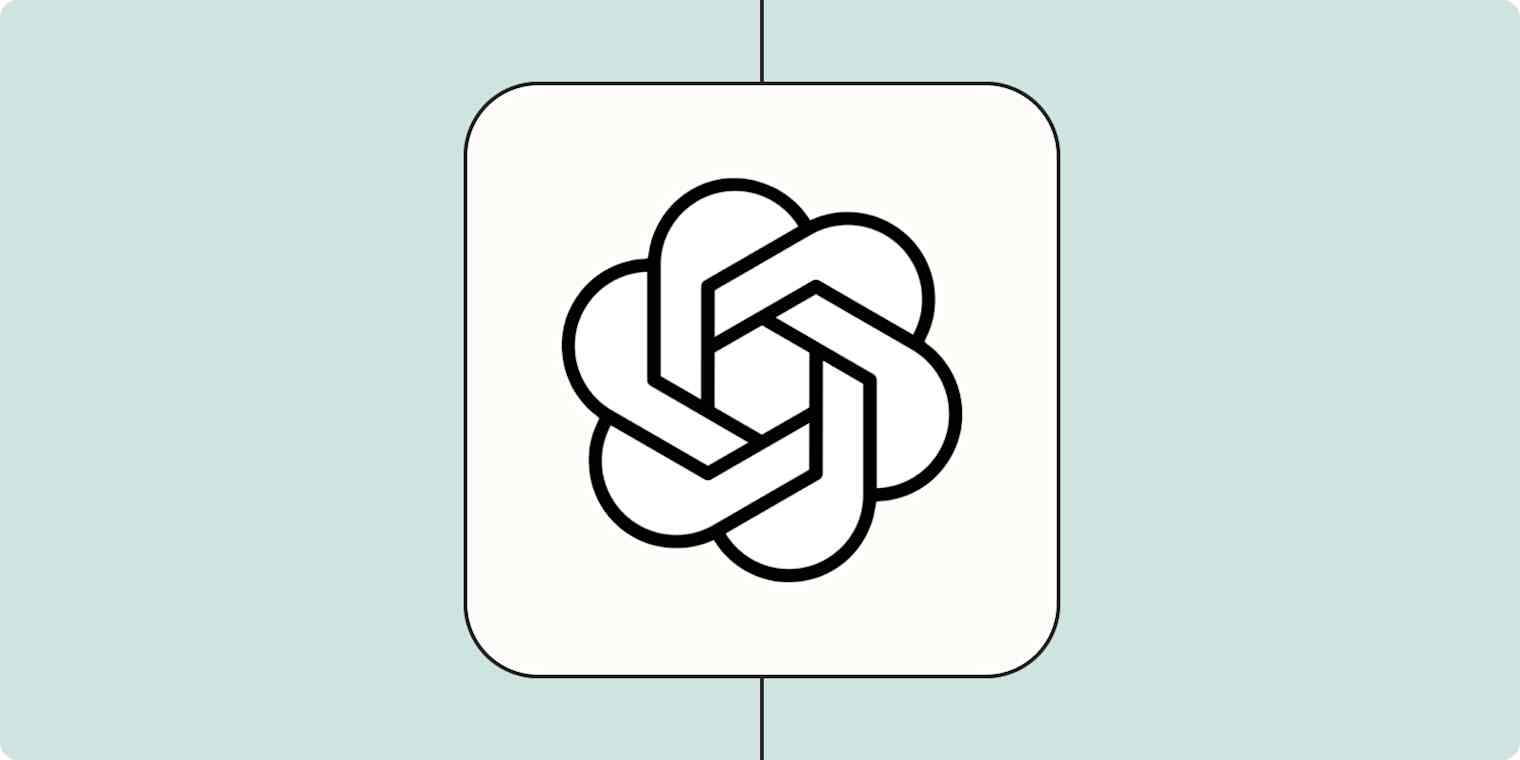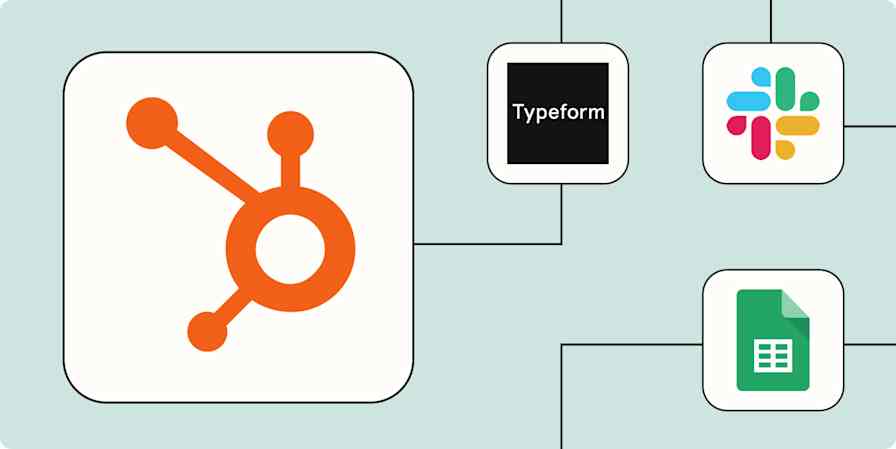Zapier tutorials
9 min readHow to enrich lead info from sales forms with OpenAI
By Krystina Martinez · May 3, 2023

Get productivity tips delivered straight to your inbox
We’ll email you 1-3 times per week—and never share your information.
tags
Related articles
Improve your productivity automatically. Use Zapier to get your apps working together.








